I love Anglo-Saxon words. In occasional flights of fancy, I imagine myself studying Old English, Old Norse, Medieval Welsh, Medieval Irish etc. and then I remember that I can just about muster school level French.
Haerfest – Autumn – Harvest time. This is my favourite season, without a doubt. The light is so beautiful and the produce is, I think, the most delicious. It’s certainly the most bountiful.






Luckily, we have outlets for the excess, from neighbours; to fellow smallholders; to the village shops; to community ventures; to livestock; to the wildlife and, of course, us. The portion we do sell pays, in part, for next year’s seed order, any bought compost, plants, bulbs and – this year – my Plant a Tree for the Jubilee and a couple of new cider apple bare root. It’s a fair trade.
We have been harvesting apples from the orchard since mid September and this activity will continue until mid October when we will press. Looking back over previous posts, I realise that I haven’t written much about the planting of the orchard, the varieties selected and our cider making.
I must rectify the omission.
P.S. If you are into apples and orchards, Little Toller Books has a Crowdfunder initiative to publish a book all about the rediscovery of Dorset apples. The book is titled ‘The Lost Orchards’.
Reading this week: Taste: My Life Through Food by Stanley Tucci













 The
The 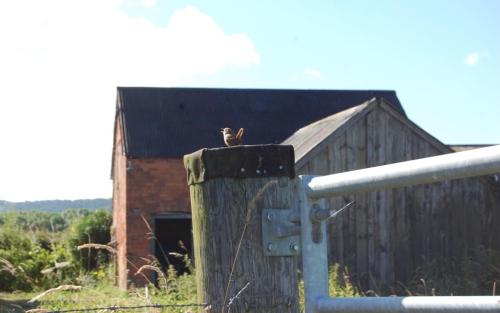
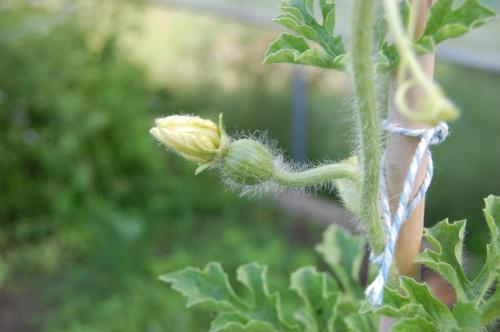
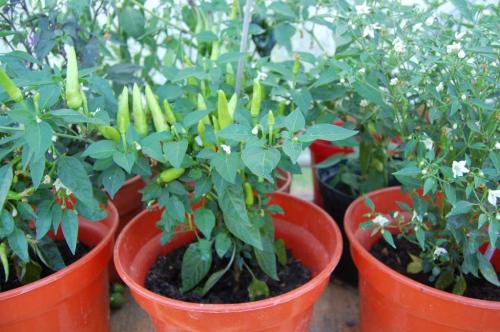
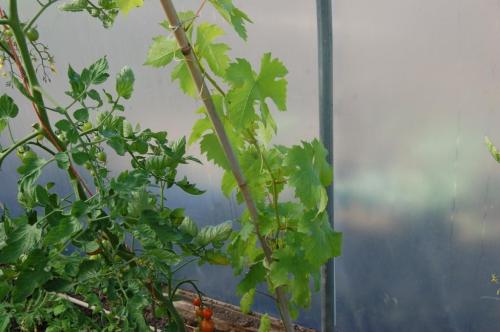
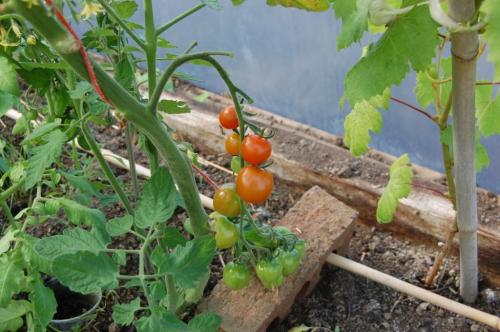
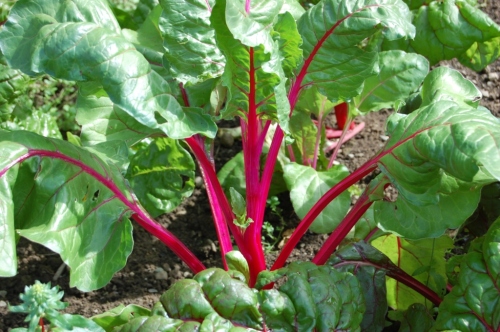
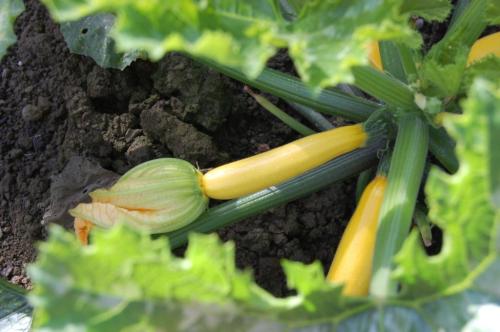
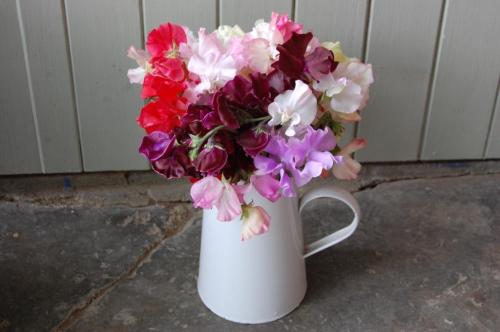
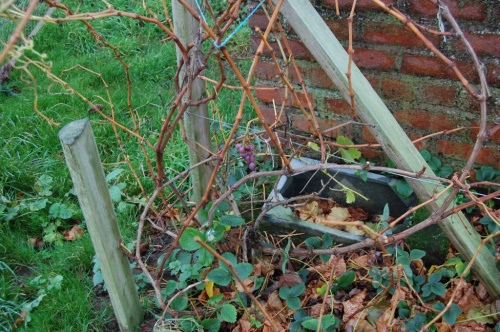
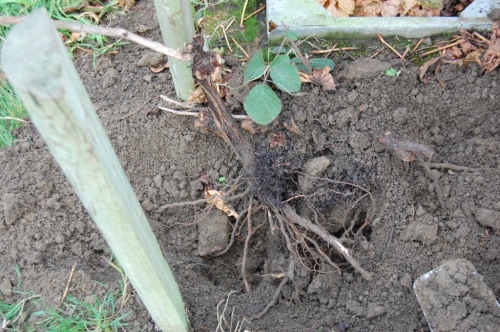
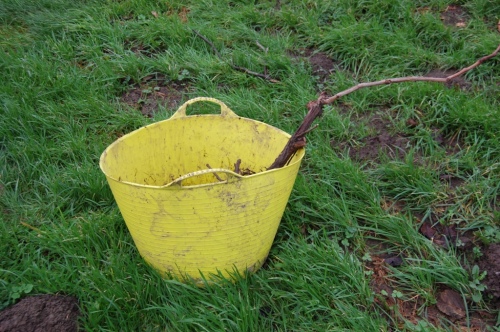
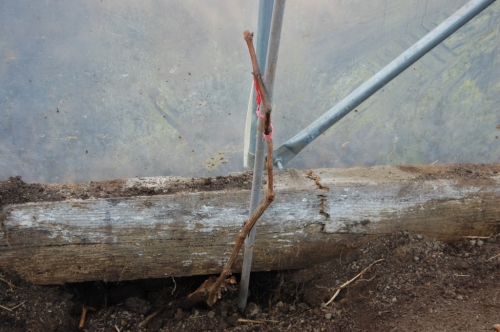

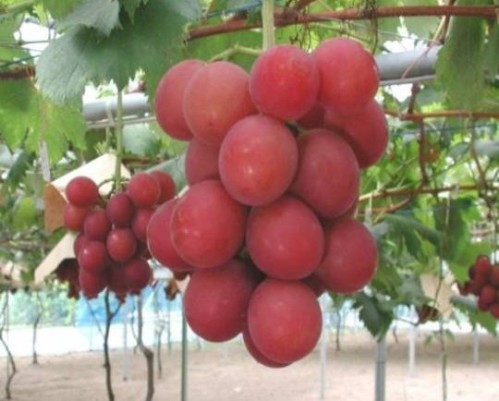
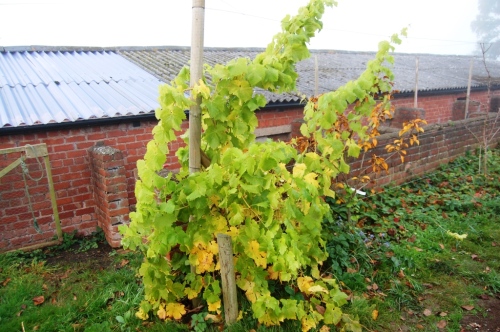
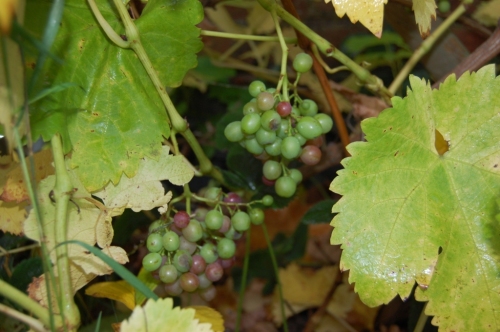
You must be logged in to post a comment.